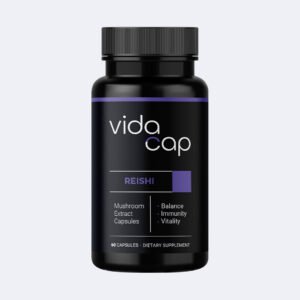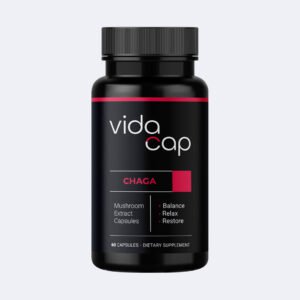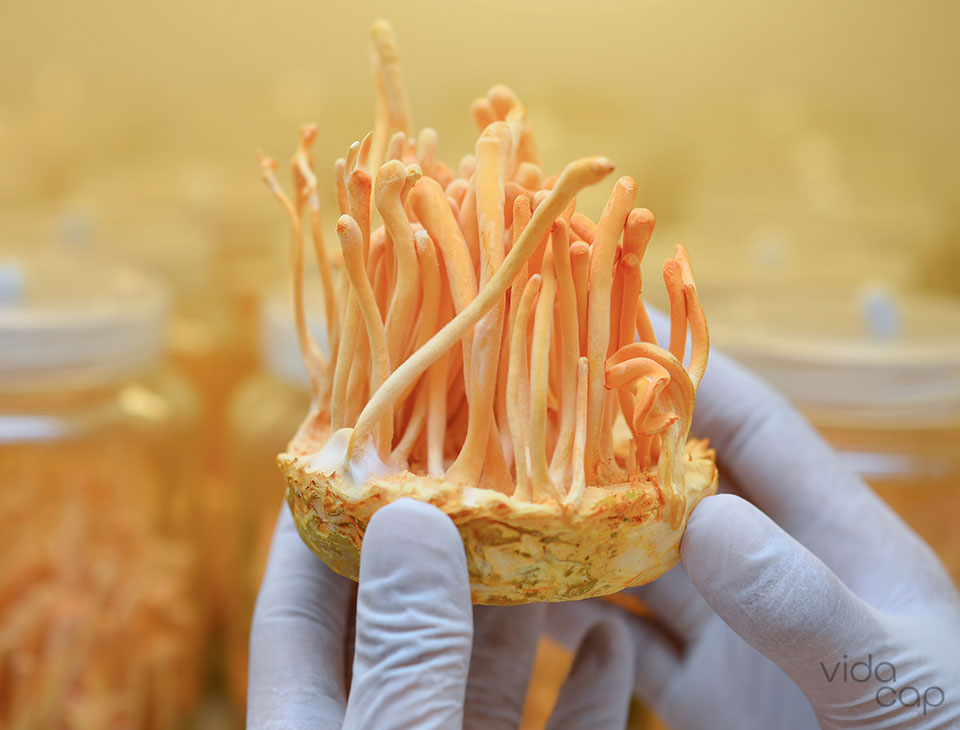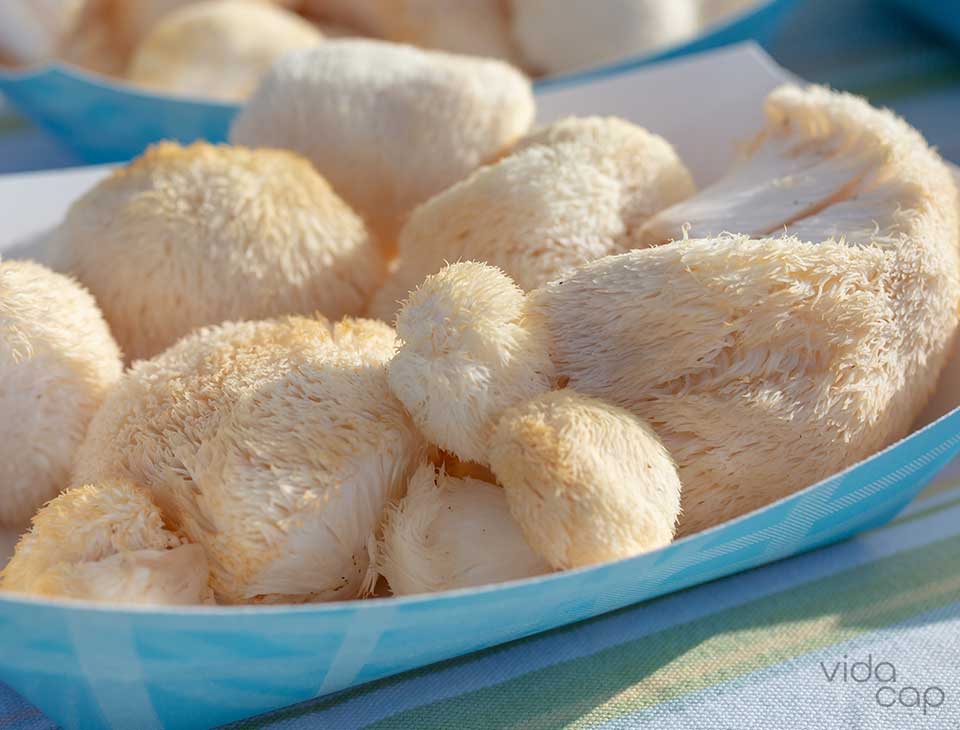
Mushroom Anatomy and the Mushroom Life Cycle
 Audrey Ferguson |
Updated on: September 26, 2023
Audrey Ferguson |
Updated on: September 26, 2023
Mushrooms are a hot topic right now as people are becoming more aware of their many potential benefits. Not only are they a nutritious food, but some species may also have a significant impact on our health and wellbeing.
However, some people don’t realize that mushrooms are just part of a much larger organism. Beneath the surface is a mass of fungal tissue known as mycelium, which is responsible for taking in nutrients and producing mushrooms when the time is right.
Therefore, many experts compare mycelium to a tree and mushrooms to its fruit. And just as there are many different types of fruit, there are countless mushroom varieties, all with unique qualities.
Understanding mushroom anatomy is one way to distinguish between them and tell the difference between helpful and potentially harmful species. In this guide, we explain the key features of some common mushrooms and provide a brief overview of the fungi life cycle.
Mushroom Anatomy
Describing the anatomy of a mushroom is not straightforward since there are so many different kinds. One only needs to look at a lion’s mane and a reishi mushroom side by side to see the enormous difference between them.
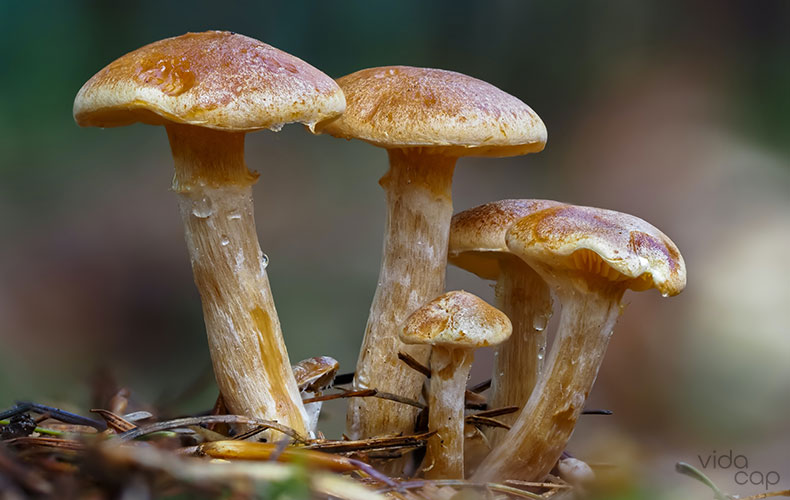
For the purposes of this article, we will focus on the anatomy of a type of fungus known as basidiomycetes. This large group includes most fleshy mushrooms, including gilled mushrooms, bracket or shelf fungi, and puffballs.
Cap
The most prominent part of the fungus is usually the cap. It can vary in size from just a few millimeters to several inches in diameter. The cap is sometimes brightly colored, though it is more routinely a dull shade of white or brown.
Reproductive Surface
Underneath the cap is the reproductive surface of the mushroom. This is the area that produces spores; the mushroom equivalent to seeds. Mushrooms tend to produce millions or even trillions of spores since not all of them will germinate.
Many mushrooms have gills on their underside, but some species, like boletes, have tubes instead. Conversely, most fungi that grow on trees or rotting wood, including turkey tails, have tiny holes known as pores. Other species, such as puffballs, have fully enclosed reproductive surfaces and only release their spores when they burst.
Stalk/Stipe
In many common mushrooms, the cap is supported by a stalk, sometimes known as a stipe. The stipe may be surrounded by a ring, or annulus, although not all mushrooms have this feature. It is the remnant of a veil that covers the mushroom’s gills as it grows. At the stipe’s base, there might be a bulbous area known as a volva, but again, not all species have one.
Familiarizing oneself with these different parts of a fungus is the first step in correctly identifying mushrooms. It is also helpful when trying to understand the mushroom life cycle, which we will discuss below.
Want a quick and easy way to enjoy functional mushrooms?
At VidaCap we offer a range of high-quality functional mushroom products, including lion's mane, turkey tail, and more.
Mushroom Growth Stages
A fungus transitions through several different stages on its journey from spore to mushroom. We have summarized them in the fungi life cycle diagram below:
Inoculation
The term inoculation refers to the spores landing upon and infiltrating a growth medium, sometimes known as a substrate.
In nature, the spores would typically be carried on the wind until they landed on a suitable surface. However, mushroom cultivators tend to inoculate their substrate by injecting it with a spore solution. Another option is to swab spores onto an agar plate.
Cultivators use many different substances as substrates, including sawdust, grains, or even coffee grounds. Once the substrate is inoculated with the spores and the environmental conditions are right, germination occurs.
Spore Germination
Mushroom spores are haploid, meaning they contain half a set of chromosomes. When they germinate, they send out tiny strands of cells called hyphae.
These hyphae branch and grow to form what is known as monokaryotic mycelium, with each cell containing one haploid nucleus. However, since they only contain half a set of genetic material, these fungi are incapable of producing mushrooms.
Mycelium Growth and Fusion
As the mycelium grows, it releases pheromones (much like animals do) to attract a mate. This causes compatible mycelium in the same area to grow toward one another until the tips of their hyphae meet.
The haploid nuclei from each mycelium migrate into their partner and begin to divide and form new growing tips. Each cell now contains nuclei from both parent mycelia and, therefore, a complete set of chromosomes.
The fungus is now capable of producing mushrooms. However, it will spend most of its life cycle in this vegetative stage, storing energy and waiting for favorable conditions.
Hyphal Knot
Once the mycelium has stored sufficient energy and environmental conditions are right, the vegetative hyphae begin to gather into strands. Smaller hyphae begin to grow alongside larger ones and branch out to fill any gaps, forming a thick mycelial cord.
Structures known as hyphal knots begin to form on these strands, which then become primordia and, eventually, mushrooms.
Primordia Formation
There are several stages of primordia development.
At first, these structures are fluffy and undifferentiated, giving the mycelium a slightly rough appearance. Then they become smoother but remain undifferentiated, usually looking like indistinct white bumps. Finally, they begin to elongate, and it is possible to differentiate between the cap and stipe. This final stage is sometimes known as “pinning.”
Fruitbody Selection
Not all primordia will develop into mushrooms (fruitbodies). The fungus selects the most promising candidates and focuses all of its energy on helping them grow. The number of primordia that the mycelium produces is often sufficient for several flushes of mushrooms.
Mature Fruitbody
A mushroom matures in stages. At first, its cap will remain closed and is sometimes covered by a veil. As it grows, the cap flattens out, and the veil breaks, possibly leaving a ring on the stipe. Once it is fully developed, the reproductive surface curves upward, exposing the gills.
Once the mushroom is mature, cells known as basidia develop on its reproductive surface. In these cells, genetic material from the parent fungi combines and divides to form spores. These spores also contain enough nutrients to support germination when it occurs.
Spore Release
Once the spores are mature, the mushroom releases them into the air. They then travel on the wind until they land on an appropriate surface and start the cycle again.
Do Mushrooms Reproduce?
The above is just one of many methods of mushroom reproduction. Different species have very different life cycles.
For example, cordyceps is a parasitic species that has a unique growing habit of taking over the bodies of insect larvae. Unlike many other mushroom varieties, it can reproduce without a mate.
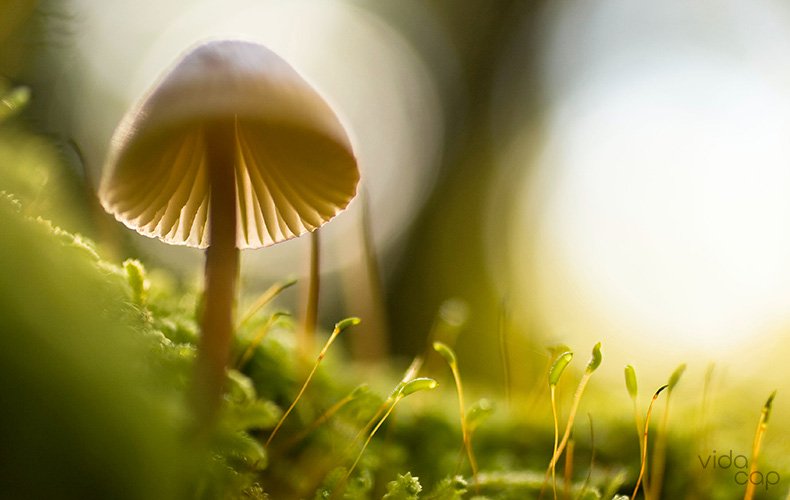
Various other types of fungi can also reproduce without a mate. For example, the microscopic fungus yeast does not produce spores at all. It reproduces asexually via a process called budding instead.
Mushroom Lifespan
A mushroom’s lifespan is quite limited. Some species appear and disappear within a matter of days. Those growing on wood tend to last a little longer as they have harder caps than those growing on soil. However, they still usually only last a season or so before the rain turns them into mulch.
On the other hand, mycelium can live for many years. For example, there is a shoestring fungus in Oregon that experts estimate could be over 8000 years old. It is the largest living organism on Earth and covers an incredible 2,385 acres of land!
Some people consider mycelium to be infinitely renewable. Providing the conditions are favorable, it can survive almost indefinitely, sending out new flushes of mushrooms every year.
Mushroom Benefits
Humans have used medicinal mushrooms for millennia, and there are thousands of fungi species to choose from.
They are truly remarkable organisms that are often considered an ancient antidote to many of modern life's struggles. They offer a unique way to reconnect with natural health and happiness.
We here at VidaCap are an American-based creator of medicinal mushroom supplements. Our team has scoured the world to find the best mushrooms and provide them in easy-to-consume capsules.
Here are our top five mushroom capsules and some of their benefits:
- Lion’s Mane Capsules - Best known for supporting mental clarity, memory, focus & alertness*
- Turkey Tail Capsules -Best known for supporting gut health with their immunity activators and Beta Glucans*
- Reishi Capsules - Best known for supporting physical and mental stress as well as sleep.*
- Cordyceps Capsules - Best known for supporting athletic performance, endurance, and cardiovascular health*
-
new
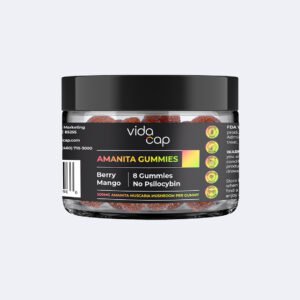 Amanita Muscaria Mushroom GummiesCalm | Mindfulness | Balance$38 Shop now
Amanita Muscaria Mushroom GummiesCalm | Mindfulness | Balance$38 Shop now- Experience a calming and balancing buzz effect.
- 8 Delicious Berry-Mango and Citrus gummies
- 500mg amanita extract per gummy for best results
- Proudly vegan and gluten-free
- Manufactured in the USA with high-quality standards

Audrey has worked as a registered dietitian for 6 years. She graduated from the University of Florida in 2013 with a Bachelor of Science degree. In 2014 she began an internship with the Veterans Affairs Healthcare System, and was hired as an Outpatient Dietitian following graduation. She started her career counseling a variety of patients with different health concerns and disease states. After a few years into practice, she found her passion was working in cancer care, and has spent the last 4 years specializing in oncology nutrition.
In her practice, Audrey has spent a significant amount of time reviewing literature on herbal and dietary supplements in the cancer care setting. Through her work at Vidacap, she hopes to continue to expand her knowledge and understanding of the benefits of supplements in conjunction with promoting a healthy, balanced diet and management of overall health and well being.
Lynn Marie Morski
Reviewed by Lynn Marie Morski, MD, JD, who is a president of the Psychedelic Medicine Association and host of the Psychedelic Medicine Podcast. She sits on the advisory boards of Psychedelics Today, Cybin, VETS, Inc (Veterans Exploring Treatment Solutions), the Oxenberg Foundation, and the Ketamine Task Force.
Read More

 by Lynn Marie Morski, MD
by Lynn Marie Morski, MD
